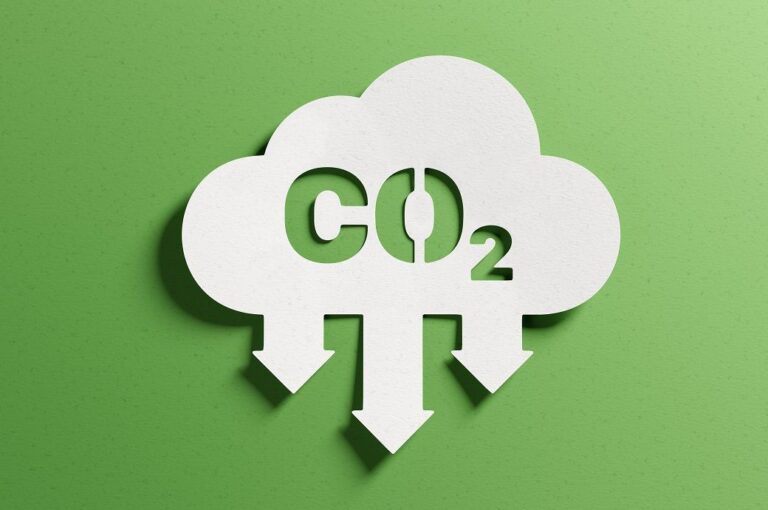
[ad_1]
The textile and apparel industry is responsible for between two and eight per cent of annual global greenhouse gas (GHG) emissions and must increase its efforts to facilitate collective action to achieve a 45 per cent reduction by 2030 to limit global warming to 1.5 degrees Celsius.
The SAC has launched a decarbonisation guide for its members as part of its Decarbonization Programme, which was introduced last year to promote the adoption of SBTs and reduce emissions in the textile and apparel industry. The decarbonisation guide provides a six-step process for organisations to commit to and set SBTs, develop action plans, and more.
SAC corporate members will be required to set near-term emission reduction targets within 24 months and obtain validation from Science Based Targets initiative (SBTi) or a third-party accredited organisation.
The SAC has been collaborating with its members, including best-practice sharing webinars and peer-to-peer learning sessions, to scale up collaborative solutions to address the climate crisis. The guide features comprehensive guidance and resources for each step of the process, and the SAC has been refining the guidance and conducting peer-to-peer group meetings with members to understand their needs and expectations.
The SAC is also engaging with organisations such as SBTi to accelerate SBT adoption and validation across the globe.
As part of its strategic plan, the SAC has set an aspirational objective to mitigate climate change and build climate resilience in the consumer goods value chain by supporting its corporate members in achieving decarbonisation.
“Right now, the textile and apparel industry is not on track to hit net zero by 2050. We need urgent transformation and increased collaboration across the industry to tackle the worst impacts of climate change. The launch of our decarbonisation guide is a major step in our efforts to create an aligned pathway for the industry to reduce GHG emissions. We believe through continued collaboration and partnership with organisations such as the Science Based Targets initiative, we can support our members to commit and set their science-based targets and work collectively to deliver on emissions reduction targets,” said Amina Razvi, chief executive officer at the SAC.
Luiz Amaral, CEO of the Science Based Targets initiative (SBTi), said: “When it comes to tackling the biggest problem the world has ever seen—climate change—we must draw on the power of collaboration, ambition, and innovation. This new guidance is proof that the fashion industry is up to the challenge. It also provides a blueprint for other sector trade bodies to follow.
“To keep 1.5 degrees Celsius within reach, remain economically competitive and enable the transformation to a global net zero future, setting science-based targets is the crucial first step. I am looking forward to this collaboration driving countless companies to set ambitious climate goals and deliver tangible emission reductions in line with science.”
Fibre2Fashion News Desk (DP)
[ad_2]
Source link